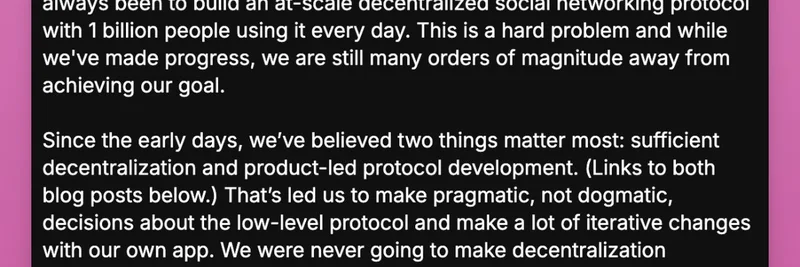Hey there, meme coin enthusiasts and blockchain pros! While we’re all busy tracking the latest trends in the crypto world, there’s a sneaky threat lurking in our inboxes that could hit small businesses hard—callback phishing scams. On July 3, 2025, Malwarebytes dropped a bombshell on X (@Malwarebytes), warning us about these scams masquerading as messages from big names like Microsoft, PayPal, and DocuSign. Let’s break it down and figure out how to stay safe!
What Are Callback Phishing Scams?
Imagine getting an email that looks legit, maybe from “Microsoft” or “Geek Squad,” claiming there’s an urgent issue with your account. The twist? It urges you to call a phone number or scan a QR code to “fix” it. That’s callback phishing in action! According to the Malwarebytes report, these emails often come with PDF attachments that auto-load, showing a convincing logo and a fake support number. Once you call, scammers posing as reps trick you into sharing login details or downloading malware. Yikes!
This tactic is part of a broader strategy called “telephone-oriented attack delivery” (TOAD). It’s clever because it moves the scam from email to phone, catching people off guard. The Malwarebytes article highlights how brands we trust daily—like those for email, payments, or tech support—are being impersonated, putting small businesses at risk.
Why Small Businesses Are in the Crosshairs
Small businesses are juicy targets for these scams. They often rely on tools like DocuSign for contracts or PayPal for payments, making fake emails from these brands feel believable. Plus, with limited cybersecurity resources, they might not catch the red flags. The FCC’s cybersecurity guide for small businesses notes that digital theft is now the top reported fraud, surpassing physical theft. That’s a wake-up call!
Cybersecurity experts at Cisco Talos, cited by Malwarebytes, found that between May and June 2025, Microsoft topped the list of impersonated brands, followed by NortonLifeLock, PayPal, DocuSign, and Geek Squad. These scams blend social engineering (tricking people) with technical tricks (like blank email bodies to dodge detection), making them hard to spot.
Spotting the Warning Signs
Don’t panic—there are ways to spot these scams! Here’s what to watch for, straight from the Malwarebytes safety tips:
- Urgency Traps: Emails screaming “Act now!” or “Your account is at risk!” are big red flags. Scammers use fear to rush you into calling.
- Suspicious Attachments: Getting a PDF or QR code out of the blue? That’s a warning sign. Legit companies rarely send unexpected files.
- Unknown Senders: Even if it looks like a familiar brand, check the email address. Scammers love spoofing with weird characters or extra dots.
- QR Code Risks: Scanning a QR code might land you on a fake login page. Avoid it unless you’re 100% sure.
How to Protect Yourself
As blockchain fans, we’re used to staying ahead of the curve—let’s apply that mindset here! Start by slowing down before acting on urgent emails. Delete anything fishy and report it to your email provider. For extra peace of mind, grab an antimalware solution with web protection, as Malwarebytes suggests. It’s like a shield for your digital wallet!
Small businesses can also create a cybersecurity culture. The Global Cyber Alliance’s toolkit offers free resources to build a plan. Train your team to spot phishing, and never share sensitive info over the phone unless you initiated the call.
The Bigger Picture
This isn’t just about one scam—it’s a growing trend. The Trustwave report on callback phishing mentions how scammers now use scheduling tools like Calendly to hook victims, showing how creative (and dangerous) these attacks are getting. For blockchain practitioners, this is a reminder: as we dive into meme tokens and DeFi, securing our personal and business accounts is just as critical as safeguarding our crypto keys.
So, next time you see an email from “Microsoft” with a shiny QR code, think twice. Stay sharp, stay safe, and keep rocking the meme coin world at meme-insider.com! Got questions? Drop them in the comments—we’re all about building that knowledge base together!

